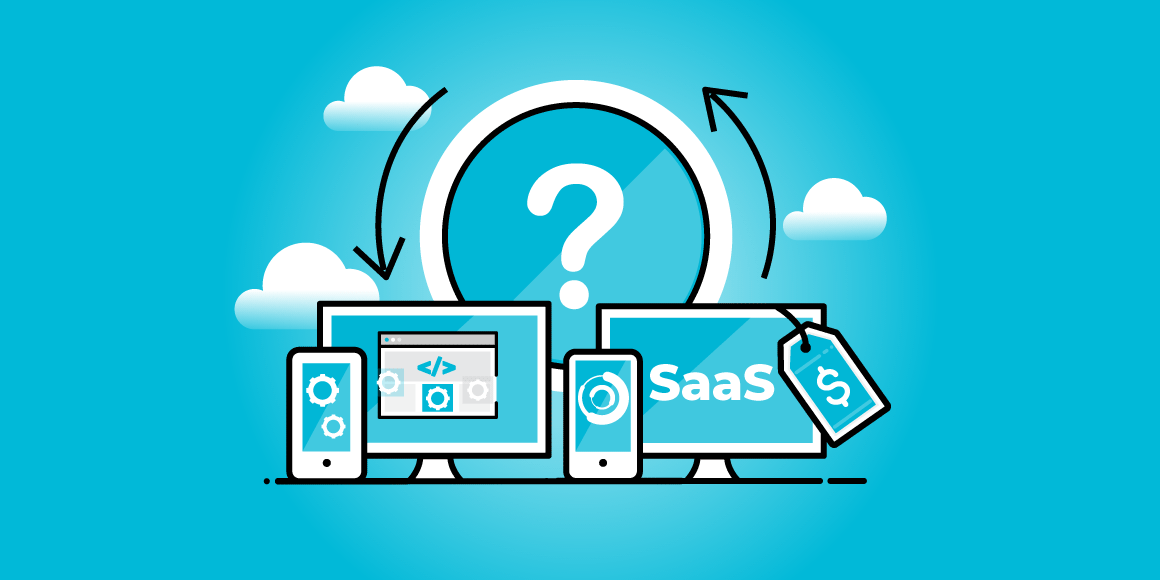Knowing whether instant rebates or post-sale consumer submitted rebates are the right fit for your marketing goals can feel like navigating through a maze of possibilities. On the one hand, instant rebates can create a sense of urgency and drive quick purchasing decisions. On the other hand, consumer rebates provide an opportunity to gather valuable customer data and foster long-term engagement. You know that this decision not only impacts your sales but also your brand's reputation and long-term success. So... Which do you choose?
That's exactly what we'll uncover in this blog. We will explore the pros and cons of both strategies to help you make an informed choice for your promotional campaigns.
We are providing a deep dive into:
- Instant Rebates
- Consumer Rebates
- The Art of Choosing: Instant or Consumer Rebates?
Let’s dive in!
What is an Instant Rebate?
Instant rebates are a promotional strategy that offers customers an immediate discount at the time of purchase, providing motivation for quick decisions and leading to higher conversion rates. These rebates are applied instantly during the checkout process, eliminating the need for customers to go through additional steps to claim the discount. This simplicity and convenience make it a hassle-free experience for shoppers. In addition, limited-time instant rebate promotions create a sense of urgency, encouraging customers to make their purchase during the promotional period and boosting sales.
Pros of Instant Rebates
- Immediate Incentive: Instant rebates offer customers an immediate discount at the time of purchase, motivating quick decisions and leading to higher conversion rates.
- Simplicity and Convenience: With instant rebates, customers don't need to go through additional steps to claim the discount, making it a hassle-free experience.
- Urgency and Sales Boost: Limited-time instant rebate promotions create a sense of urgency, leading to increased sales during the promotional period.
Cons of Instant Rebates
- Lower Data Collection: Instant rebates may not provide as many opportunities for data collection as consumer rebates, leading to gaps in program eligibility enforcement.
- Limited Appeal for Higher-Priced Products: Instant rebates may not be as effective for higher-priced products, as the price tag commitment might offset the allure of instant cash back.
Success Scenarios for Instant Rebates
- Impulse Purchases: For products or services that cater to impulse buyers, an instant rebate can be a game-changer. Immediate discounts lead to higher conversion rates.
- Low Effort Redemption: In today's fast-paced world, consumers appreciate streamlined processes. Instant rebates eliminate the need for additional steps, making the buying experience seamless.
- Limited-Time Offers: Instant rebates create a sense of urgency among customers when promoting limited-time deals or seasonal sales.
- Online Sales: E-commerce platforms can leverage the convenience of instant rebates, enhancing customer satisfaction and increasing customer retention.
What Is a Consumer Rebate?
Consumer rebates are a promotional strategy where customers make the full payment at the time of purchase, with the rebate amount to be claimed after the transaction is complete. This approach, though seemingly more complex, can be equally compelling in certain situations.
Unlike instant rebates, consumer rebates allow businesses to gather valuable customer data and insights, including marketing opt-ins for brand communications. This data collection aspect of consumer rebates can provide businesses with a deeper understanding of their customers and enable targeted marketing efforts. Additionally, consumer rebates can be particularly effective for promoting premium products or services, as they extend the engagement with customers beyond the initial purchase and create a sense of value for their investment.
Pros of Consumer Rebates
- Data Collection and Insights: Consumer rebates allow businesses to gather valuable customer data and insights, including marketing opt-ins for brand communications.
- Incentive for Higher-Priced Products: Consumer rebates can be effective for promoting premium products or services, as customers may be more willing to invest in higher-priced items if they know they can claim a rebate later.
- Extended Engagement: The process of claiming a consumer rebate extends the engagement with customers beyond the initial purchase.
Cons of Consumer Rebates
- Complexity and Effort: Consumer rebates can be more complicated for customers, involving additional steps such as submitting documents or waiting for processing.
- Delayed Savings: Unlike instant rebates, consumer rebates require customers to wait for the rebate to be processed and received.
- Lower Impulse Purchases: Consumer rebates may not be as effective for impulse purchases, as the post-purchase redemption process may deter quick decisions.
Success Scenarios for Consumer Rebates
- Higher-Priced Products: For products with a higher price point, consumer rebates can be more appealing.
- Customer Data Collection: If your business aims to build a customer database for future marketing efforts, consumer rebates can be an invaluable tool.
- Product Trials: Introducing a new product to the market? Consumer rebates can entice customers to give it a try.
- Increased Sales Over Time: Consumer rebates can drive repeat business by encouraging customers to return to claim their rebate.
The Art of Choosing: Instant Rebates or Consumer Rebates?
When deciding between instant rebates and consumer rebates, there are several considerations to keep in mind:
- Product Price Point: Consider the price range of your product and how it aligns with the effectiveness of each rebate strategy.
- Target Audience: Understand your target audience and their preferences when it comes to discounts and incentives.
- Overall Marketing Goals: Consider your overall marketing goals and how each rebate strategy aligns with those objectives.
Adapting Approach Based on Product/Service Characteristics
Consider the unique features and attributes of your product or service when designing your rebate strategy. Ask yourself questions such as:
- What is the price point of your offer? Is it a high-end luxury item or an affordable everyday product?
- How does your target audience typically make purchasing decisions? Are they price-sensitive or more motivated by value-added incentives?
- What is the buying cycle for your product? Is it an impulsive purchase or one that requires careful consideration?
By analyzing these factors, you can tailor your rebate strategy to align with the needs and motivations of your target audience. For example, if you are offering a higher-priced product, a consumer rebate might be more appealing as it provides a significant incentive to make the purchase. Conversely, if your product is more budget-friendly, an instant rebate can create a sense of urgency and drive immediate conversions.
Balancing Benefits and Drawbacks
As you evaluate different rebate strategies, it is essential to consider the benefits and drawbacks of each option. This will help you make a well-informed decision that aligns with your company's objectives.
Pros of instant rebates include their immediate impact on customers, simplicity, and convenience. However, they may not provide as many opportunities for data collection and analysis. On the other hand, consumer rebates offer the advantage of gathering valuable customer data and extending customer engagement. However, they can be more complex and time-consuming for customers to redeem.
When considering the benefits and drawbacks, ask yourself these questions:
- What are your company's objectives for implementing a rebate program? Is it to drive immediate sales, collect customer data, encourage repeat purchases, or something else?
- What resources do you have available to manage the rebate program? Can you handle the additional complexity of consumer rebates, or do you prefer the simplicity of instant rebates?
- How does each rebate strategy align with your overall marketing goals and brand image?
How Do Rebates Work? Real Life Examples.
To provide practical examples of instant rebates and consumer rebates in action, let's explore hypothetical scenarios where one type of rebate would be applicable to better understand how rebates work.
Instant Rebates
Scenario: A leading electronics manufacturer is launching its latest line of smart home appliances, including refrigerators, washing machines, and air conditioners.
Instant Rebate Approach: Offering an instant rebate of $200 for customers who purchase any of these smart home appliances. This immediate discount not only incentivizes customers to make the purchase but also positions the brand as offering cutting-edge technology at an affordable price.
Scenario: A car dealership wants to boost sales of their fuel-efficient hybrid models.
Instant Rebate Approach: Applying an instant rebate of $2,000 on all hybrid vehicles in their inventory. This instant discount creates a sense of urgency and encourages customers to choose the more environmentally friendly option.
Consumer Rebates
Scenario: A home improvement store wants to promote energy-efficient products, such as LED lightbulbs and smart thermostats.
Consumer Rebate Approach: Offering a consumer rebate of 20% on the total purchase amount for customers who buy a combination of energy-efficient products. This approach not only encourages customers to make multiple purchases but also collects valuable data on their preferences for future marketing and product development.
Scenario: An automobile manufacturer aims to build customer loyalty and encourage repeat purchases.
Consumer Rebate Approach: Implementing a loyalty program that rewards customers with a consumer rebate of $500 for every second vehicle they purchase from the same brand. This strategy fosters brand loyalty and ensures customers come back for future car purchases.
Instant Rebates vs. Consumer Rebates: Which Is Right for You?
These examples demonstrate how instant rebates and consumer rebates can be effectively utilized in the consumer durables and automotive industries. By tailoring the rebate strategy to the specific characteristics of the industry and considering factors such as price points, target audience, and marketing goals, businesses can drive sales, enhance customer satisfaction, and achieve their objectives.
Want to hear more? Read more about which incentive option is best for your goals or talk to a 360insights team member today.





%20copy%205.png)
